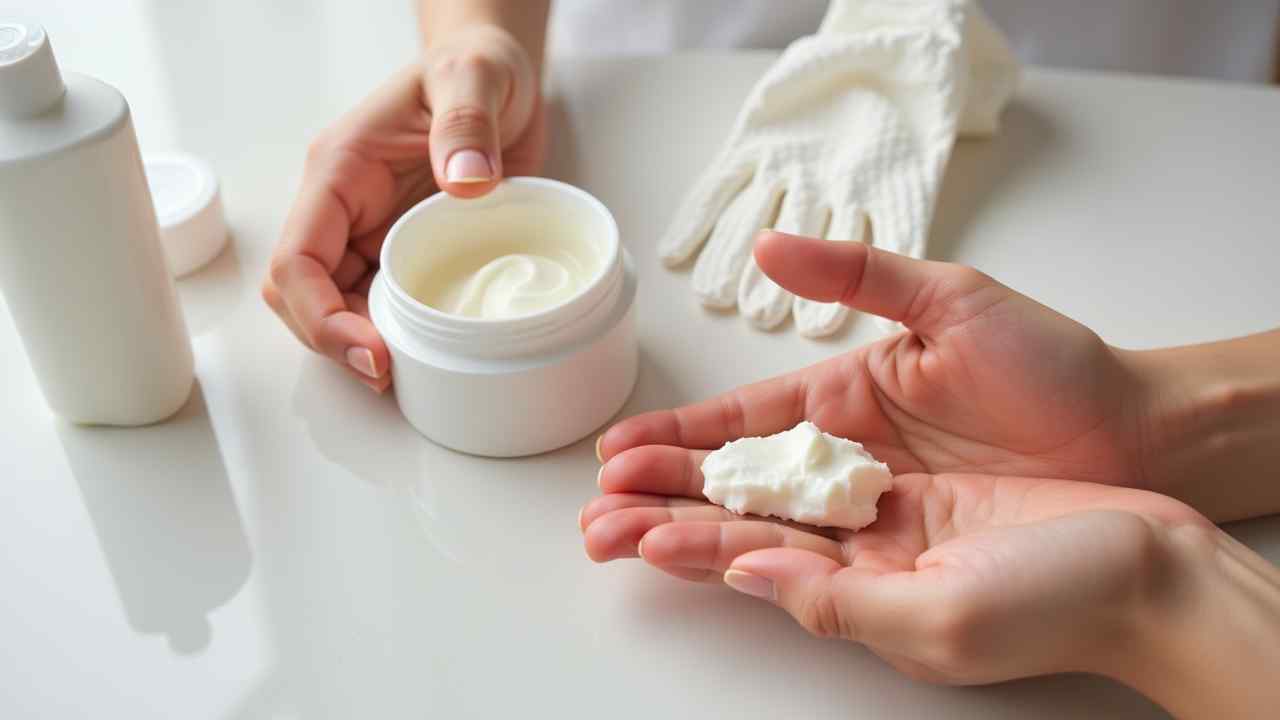
🤲 How to Treat Eczema on Your Hands (A Dermatologist's Guide)
🤲 How to Treat Eczema on Your Hands (A Guide to Finding Relief) 🤲
❗ Important Medical Information: Hand eczema (or hand dermatitis) is a medical condition. It requires a proper diagnosis and treatment plan from a doctor or dermatologist. This guide provides supportive at-home care tips to use alongside your medical treatment, not as a replacement for it.
Hand eczema can be incredibly frustrating. The constant itching, dryness, cracking, and pain can interfere with your daily life. It can make simple tasks like washing your hands or doing dishes feel unbearable. Finding relief is a top priority.
The good news is that you can manage this condition. So, how do you treat eczema on your hands? The key is a combination of medical treatment and a gentle daily care routine. This guide will focus on the at-home steps you can take. ✅
🤔 What is the Most Important First Step in Treatment?
The first and most important step is to identify and avoid your triggers. Hand eczema is often a form of contact dermatitis. This means it is a reaction to something your hands are touching. Finding the culprit is key.
Common triggers for hand eczema include:
- Irritants: Harsh soaps, detergents, cleaning products, and even frequent hand washing with hot water.
- Allergens: Fragrances in lotions, preservatives, latex gloves, or metals like nickel.
Your doctor can help you identify these triggers. They may even recommend patch testing. This can pinpoint a specific allergy. Avoiding these triggers is the foundation of your care.
💧 Step 1: How Should You Wash Your Hands Gently?
Hand washing is a necessary part of life. But for someone with hand eczema, it can be a source of constant irritation. You must wash your hands in a way that protects your skin, rather than stripping it.
Use only lukewarm water, never hot. Wash with a gentle, soap-free, and fragrance-free cleanser. After washing, gently pat your hands dry with a soft towel. Do not rub them aggressively.
The most crucial step is to moisturize immediately. Apply a thick cream or ointment within one minute of drying your hands. This locks in the moisture and begins to heal the skin barrier.
🧴 Step 2: What is the Secret to Healing Hand Eczema?
The secret is relentless and constant moisturizing. Your skin's protective barrier is damaged. A good moisturizer helps to repair it. You cannot moisturize too much when you have hand eczema.
What kind of moisturizer is best?
Thin lotions are not enough. You need a thick, rich cream or ointment. Look for simple, fragrance-free products. The best ones contain ingredients like ceramides, glycerin, and petrolatum (found in Vaseline or Aquaphor). These are excellent for barrier repair.
What is the "Soak and Seal" method for nighttime?
This is a powerful technique to heal cracked, dry hands overnight. Before bed, soak your hands in a bowl of warm water for 5-10 minutes. Gently pat them dry, leaving them slightly damp.
Immediately apply your prescription medication (if you have one). Then, apply a very thick layer of your moisturizer. Finally, cover your hands with a pair of clean, white cotton gloves. This seals in the moisture all night long. 🧤
🧤 Step 3: How Can You Protect Your Hands Throughout the Day?
Learning how to treat eczema on hands is also about prevention. Protecting your hands from triggers is non-negotiable. Gloves are your most important tool. You should have different pairs for different tasks.
For wet work like washing dishes, wear waterproof vinyl gloves. It is best to wear a thin cotton liner glove underneath. This will absorb any sweat. For dry work like gardening or cleaning, wear cotton or leather work gloves.
A dermatologist is your best partner in managing this condition. They can prescribe topical steroid creams. These are often necessary to calm a severe flare-up. With a combination of medical treatment and gentle daily care, you can find lasting relief. 🩺